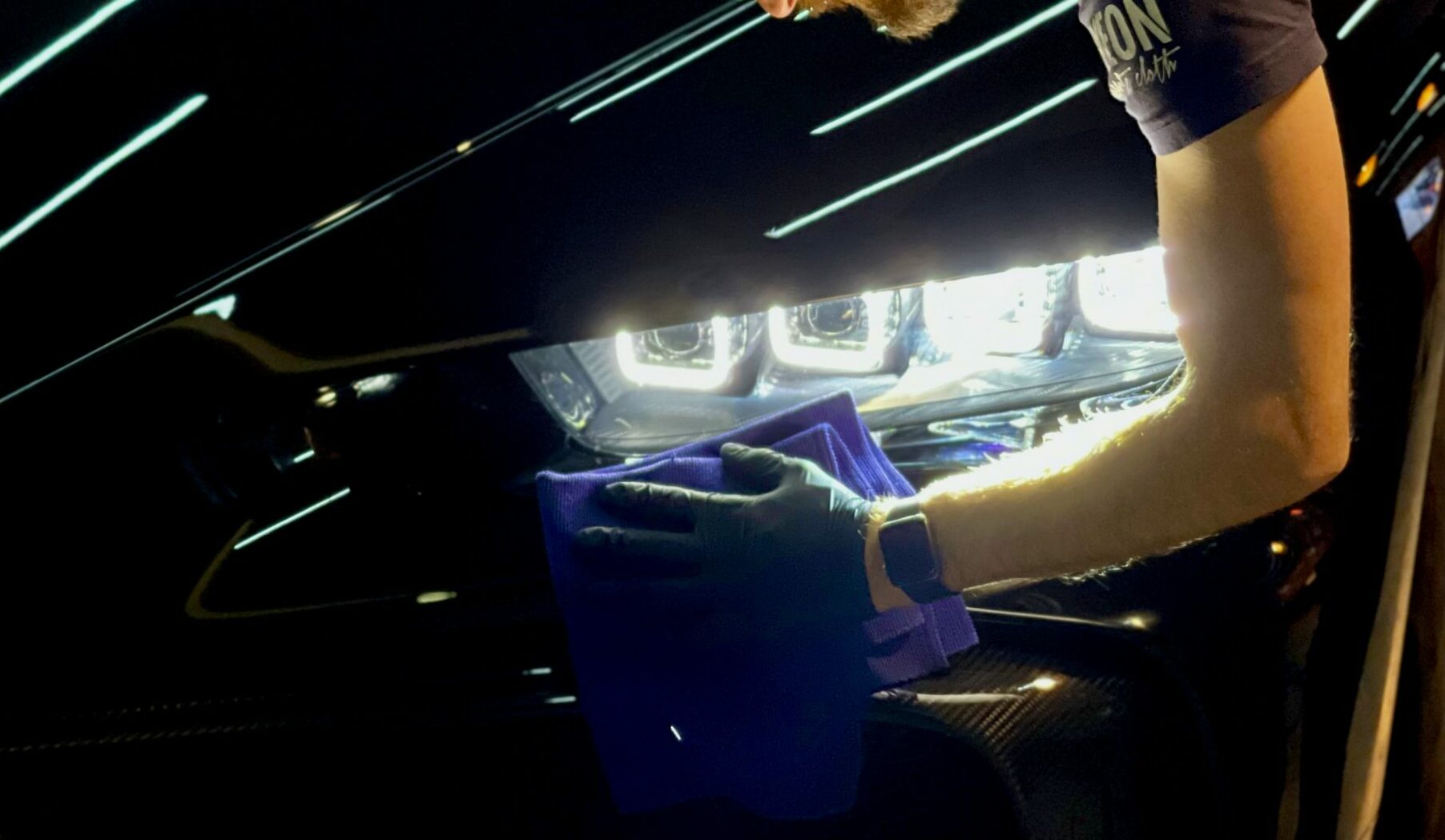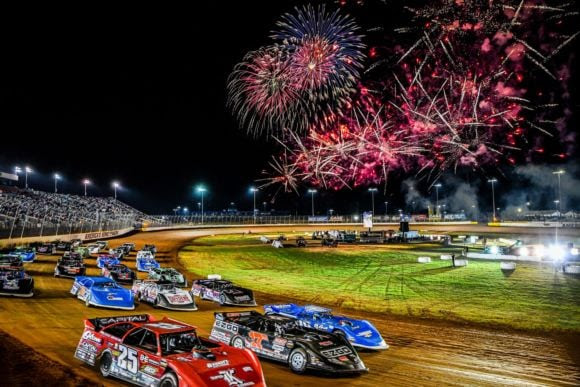Motorsports, characterized by speed, precision, and adrenaline, have consistently been linked with inherent dangers. The sport has seen its fair share of tragic incidents since its early days, prompting the industry to evolve and prioritize its participants’ safety. In the 1960s and 70s, the motorsport community began recognizing the dire need for enhanced safety measures, as racing was often synonymous with severe injuries or fatalities.
Over the decades, the tragic losses of iconic racers such as Ayrton Senna, Roland Ratzenberger, and Jules Bianchi were stark reminders of the sport’s dangers. These incidents catalyzed significant waves of safety innovations, emphasizing that the quest for safety is never-ending and there’s always room for improvement.
Today, as motorsports push the boundaries of speed and performance, the industry remains steadfast in its commitment to safety. Simultaneously, the rise of sports betting options in motorsports adds another dimension to the excitement for fans.
Milestones in Motorsport Safety
Marshals
Introduced as early as 1950, marshals have played a pivotal role in ensuring the safety of participants. These dedicated individuals are often the first to arrive at the scene of an accident.
Trained in first aid, fire safety, and incident handling, they are responsible for alerting drivers to potential dangers on the track, such as upcoming hazards or faster cars approaching from behind.
Helmets
By 1952, the use of helmets became mandatory in motorsports. Over the decades, helmet technology has seen significant advancements.
From the initial cloth caps paired with goggles to the introduction of carbon fiber helmets in 2001, the focus has always been maximizing protection for drivers.
Fire-Resistant Race Suits
The evolution of drivers’ attire has been remarkable. From the casual clothing of the 1950s to the fire-resistant suits of today, the transformation has been driven by a commitment to safety.
Modern race suits, coated with Nomex, are designed to withstand extreme temperatures, protecting drivers from potential fire hazards.
The Survival Cell
The survival cell, the monocoque, is a central component of Formula 1 cars. It is designed to absorb substantial energy during collisions, constructed from a robust carbon fiber composite and layered with Kevlar. This structure is the last line of defense between the driver and the track, ensuring maximum safety during high-speed races.
The Safety Car
Since its permanent introduction in 1993, the safety car has become integral to Formula 1. Its primary role is maintaining controlled speeds and preventing overtaking when on-track hazards occur.
This ensures that racing conditions remain safe, especially during unforeseen events like stationary cars, debris, or adverse weather conditions.
Final Thoughts
With every race, there’s a renewed focus on identifying areas of improvement and implementing measures to mitigate risks. The journey of motorsports, from its early days to the present, is a testament to the industry’s dedication to safety. While the thrill of the race remains unchanged, the measures in place to protect participants have evolved dramatically.
Furthermore, collaborations between governing bodies, race teams, and technology providers have developed cutting-edge safety equipment and protocols.







